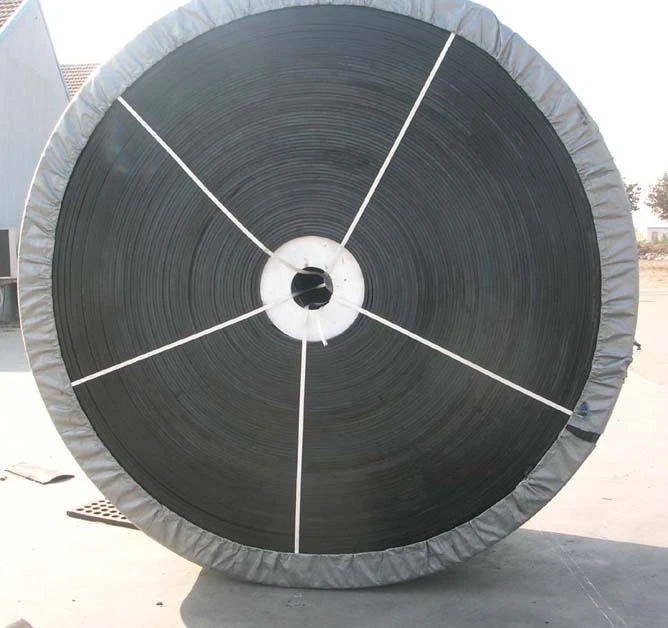 Afrikaans
Afrikaans  Albanian
Albanian  Amharic
Amharic  Arabic
Arabic  Armenian
Armenian  Azerbaijani
Azerbaijani  Basque
Basque  Belarusian
Belarusian  Bengali
Bengali  Bosnian
Bosnian  Bulgarian
Bulgarian  Catalan
Catalan  Cebuano
Cebuano  Corsican
Corsican  Croatian
Croatian  Czech
Czech  Danish
Danish  Dutch
Dutch  English
English  Esperanto
Esperanto  Estonian
Estonian  Finnish
Finnish  French
French  Frisian
Frisian  Galician
Galician  Georgian
Georgian  German
German  Greek
Greek  Gujarati
Gujarati  Haitian Creole
Haitian Creole  hausa
hausa  hawaiian
hawaiian  Hebrew
Hebrew  Hindi
Hindi  Miao
Miao  Hungarian
Hungarian  Icelandic
Icelandic  igbo
igbo  Indonesian
Indonesian  irish
irish  Italian
Italian  Japanese
Japanese  Javanese
Javanese  Kannada
Kannada  kazakh
kazakh  Khmer
Khmer  Rwandese
Rwandese  Korean
Korean  Kurdish
Kurdish  Kyrgyz
Kyrgyz  Lao
Lao  Latin
Latin  Latvian
Latvian  Lithuanian
Lithuanian  Luxembourgish
Luxembourgish  Macedonian
Macedonian  Malgashi
Malgashi  Malay
Malay  Malayalam
Malayalam  Maltese
Maltese  Maori
Maori  Marathi
Marathi  Mongolian
Mongolian  Myanmar
Myanmar  Nepali
Nepali  Norwegian
Norwegian  Norwegian
Norwegian  Occitan
Occitan  Pashto
Pashto  Persian
Persian  Polish
Polish  Portuguese
Portuguese  Punjabi
Punjabi  Romanian
Romanian  Russian
Russian  Samoan
Samoan  Scottish Gaelic
Scottish Gaelic  Serbian
Serbian  Sesotho
Sesotho  Shona
Shona  Sindhi
Sindhi  Sinhala
Sinhala  Slovak
Slovak  Slovenian
Slovenian  Somali
Somali  Spanish
Spanish  Sundanese
Sundanese  Swahili
Swahili  Swedish
Swedish  Tagalog
Tagalog  Tajik
Tajik  Tamil
Tamil  Tatar
Tatar  Telugu
Telugu  Thai
Thai  Turkish
Turkish  Turkmen
Turkmen  Ukrainian
Ukrainian  Urdu
Urdu  Uighur
Uighur  Uzbek
Uzbek  Vietnamese
Vietnamese  Welsh
Welsh  Bantu
Bantu  Yiddish
Yiddish  Yoruba
Yoruba  Zulu
Zulu Types of Conveyor Pulleys and Their Applications in Material Handling Systems
Conveyor Pulley Types An Overview for Efficient Material Handling
Conveyors are a crucial part of modern production and material handling systems, playing a significant role in various industries, including mining, manufacturing, and logistics. At the heart of any conveyor system lies the conveyor pulley, a vital component that supports and drives the belt. Understanding the different types of conveyor pulleys is essential for efficient systems design and operation. This article will explore the various types of conveyor pulleys, their functions, and applications.
1. Drive Pulleys
Drive pulleys, also known as head pulleys, are located at the discharge end of the conveyor and are critical for the movement of the conveyor belt. These pulleys are equipped with a motor that provides the necessary power to move the belt and the material it carries. The design of drive pulleys often includes features such as lagging, which helps in enhancing the friction between the pulley and the belt, thereby improving the efficiency of power transmission.
2. Idler Pulleys
Idler pulleys are found along the conveyor system and provide support to the belt, ensuring that it maintains its shape and alignment as it moves. These pulleys do not drive the belt; rather, they are crucial for reducing friction and supporting the load on the belt. Idler pulleys come in various designs, including troughing idlers, which help accommodate bulk materials, and return idlers, which support the belt’s return journey. Proper selection and installation of idler pulleys are essential for minimizing wear on the conveyor system and maximizing its lifespan.
3. Tail Pulleys
Tail pulleys are located at the loading end of the conveyor system and play a vital role in guiding the return side of the belt. They operate under high tension and help maintain the belt's trajectory. Like drive pulleys, tail pulleys can also be lagged to provide additional grip and traction. Their design is crucial for ensuring that the load is transferred smoothly onto the belt, leading to efficient material handling.
conveyor pulley types

4. Snub Pulleys
Snub pulleys are used primarily for belt tensioning and alignment. Positioned near drive pulleys, they help increase the friction between the belt and the drive pulley, enhancing the system's ability to move heavy loads. Additionally, snub pulleys can assist in changing the direction of the belt when necessary, making them integral to complex conveyor layouts.
5. Take-Up Pulleys
Take-up pulleys are essential for maintaining the correct tension in a conveyor belt. They adjust the belt tension by allowing for slight elongations that occur during operation, ensuring smooth movement and preventing slippage. These pulleys can be found at either end of the conveyor system and are particularly important for long conveyors where belt stretch can be significant. The correct tensioning can prevent premature wear of the belt and other components, drastically improving the system's longevity.
6. Impact Pulleys
Impact pulleys are designed to absorb the shock and impact from heavy loads that might fall onto the belt during loading. Positioned in high-impact zones, these pulleys protect the conveyor system from damage and help in distributing the load evenly across the belt. They are vital for ensuring the integrity of the conveyor belt and enhancing safety in the workplace.
Conclusion
Understanding the various types of conveyor pulleys is fundamental for anyone involved in the design, installation, or maintenance of conveyor systems. Each type of pulley—whether it's a drive, idler, tail, snub, take-up, or impact pulley—serves a unique purpose and contributes to the overall efficiency and reliability of the conveyor. By selecting the right type of pulley for specific applications, businesses can enhance their material handling operations, reduce downtime, and prolong the life of their conveyor systems. With the right knowledge, industries can optimize their processes and improve productivity, ultimately leading to greater operational success.
-
Revolutionizing Conveyor Reliability with Advanced Rubber Lagging PulleysNewsJul.22,2025
-
Powering Precision and Durability with Expert Manufacturers of Conveyor ComponentsNewsJul.22,2025
-
Optimizing Conveyor Systems with Advanced Conveyor AccessoriesNewsJul.22,2025
-
Maximize Conveyor Efficiency with Quality Conveyor Idler PulleysNewsJul.22,2025
-
Future-Proof Your Conveyor System with High-Performance Polyurethane RollerNewsJul.22,2025
-
Driving Efficiency Forward with Quality Idlers and RollersNewsJul.22,2025





























